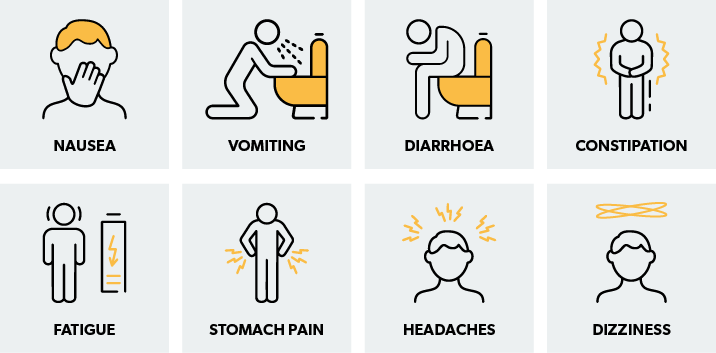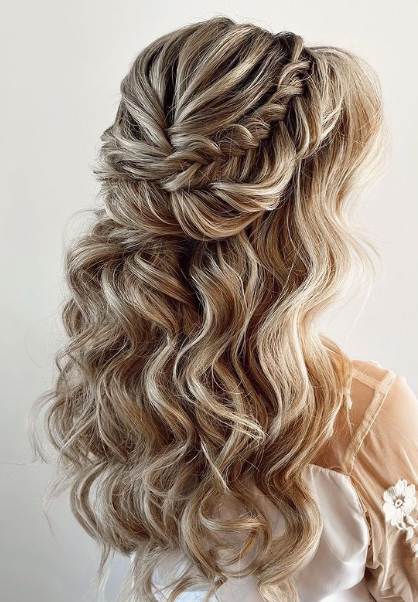Table Of Content

This is why it’s important to first wash and rinse the pubic hair with warm water and mild soap before shaving. Ingrown hairs often occur due to improper hair removal techniques such as shaving, waxing, or plucking. The irritation can lead to inflammation of the hair follicle, creating a risk for infection. For those who would like to reshape their pubic hair, studies have shown that hair follicles can be grafted to the pubic region, much as they can be transferred to the scalp. Hypotrichosis of the pubis, a condition that causes pubic hair loss, can also be treated with hair follicle grafts.
What questions should I ask my healthcare provider?
Typically, new hair grows straight out of the follicles in the skin. As the hair matures, it exits the skin’s surface and continues to grow. But sometimes, the hair grows crooked or curls back under before it has a chance to exit the skin. Keep reading to learn how to recognize an infected ingrown hair, as well as tips for treating and preventing them. Home remedies can often treat ingrown hairs, even if the affected area becomes infected.
What to expect from your doctor
Anecdotally, ingrown hairs can last for months or years in some cases. To remove an ingrown hair, a person should use sterilized tweezers, and only once the hair is close to the surface of the skin. Treatment for ingrown hair cysts varies depending on the type of cyst involved. Some cysts may need to be treated with antibiotic ointment or surgery, while others may not need any treatment at all. Below are frequently asked questions relating to ingrown pubic hairs. It will not have a visible head and may be red, white, or yellow.
Gently pull out the hair
Certain people may be at a higher risk of ingrown hairs. For example, people with thick, curly hair tend to develop ingrown hairs more often than people with fine, thin hair. This is especially true with pubic hair, which tends to be coarser than the hair on the head or the rest of the body. The best way to prevent ingrown pubic hair is by avoiding waxing, shaving, or plucking, but that’s not always practical. The best way to prevent ingrown pubic hairs is not to shave or wax the area. Many people call these bumps razor bumps or razor burn, and their medical name is pseudofolliculitis.
How often you shave can also increase your odds of developing an ingrown pubic hair. "To me, razor burn and ingrown hairs are linked," says Dr. Phillips. Sitting in warm baths daily or more than once a day can help, as do hot compresses on the area.
If it’s difficult to see the area, use extra lighting like an LED ring light and a magnifying mirror. This will allow you to grasp only the hair and avoid damaging your skin. If you’re aiming for a smooth, hair-free look, ingrown hairs can ruin the effect.
What To Do For Ingrown Hair In Pubic & Bikini Areas - Refinery29 Australia
What To Do For Ingrown Hair In Pubic & Bikini Areas.
Posted: Wed, 07 Jul 2021 07:00:00 GMT [source]

If you decide to remove the hair yourself, practice smart hair removal to reduce your chance of ingrown hair. Some types of ingrown hair cysts can’t be prevented simply by avoiding hair removal. In cases where treatment is needed, a doctor will figure out the best course for you.
The market has exploded with skin care products with different ingredients to help with ingrown hairs. Major online beauty and drug stores carry these products. A hair becomes ingrown if it grows back into your skin while being outside of its hair follicle.
"If an ingrown hair persists after about two weeks or begins to worsen in appearance, I recommend seeing a dermatologist for help," Engelman says. They happen when the skin blocks the emergence of a hair from the follicle, or when a hair grows back into the skin. Squeezing an ingrown hair will increase the risk of infection.
Ingrown Pubic Hair: How To Prevent Them - Women's Health
Ingrown Pubic Hair: How To Prevent Them.
Posted: Fri, 21 Apr 2017 07:00:00 GMT [source]
In the days before your medical appointment, if possible, stop shaving or using any form of hair removal. Ingrown hair may worsen at first as the hair grows back. If the deep ingrown hair is giving you a lot of trouble and lasts more than a couple of weeks, it's a good idea to see a doctor.
If you want to shave, or remove hair in another way, there are things you can do to prevent ingrown hairs and help them get better quicker. If ingrown hairs won’t take a hike, you may need to forgo shaving, waxing or tweezing that area. Consider alternative hair removal options, like laser hair removal. This method targets the hair follicle, and it’s usually permanent. And because the hair doesn’t grow back after treatment, you won’t have to worry about ingrown hairs. Ingrown hairs are caused by an inflammatory reaction, often after shaving or waxing.
Here's how to get rid of ingrown pubic hairs and prevent them from coming back. You may be able to treat ingrown hair with OTC products and home remedies. Some habits, such as using a clean razor to shave, may help prevent future ingrown hairs. A nongreasy moisturizer can get reduce dead skin cells, which often clog follicles and contribute to ingrown hairs. Typically, lumps or cysts from ingrown hairs resolve independently.
According to Dr. Soni, common signs include redness, itch, and a small bump that may contain pus. In more severe cases, the inflammation can lead to edema and cause significant pain. Much of the effort that goes into shaping or removing pubic hair also shapes and defines sexual identities.
Exfoliation should be approached carefully, as it causes inflammation, which leads to hyperpigmentation and may not be very helpful in resolving ingrown hairs. There will be a painful bump and swelling, and you may notice pus. Doctors treat staph infections with antibiotics to prevent other serious complications, such as a blood infection.














